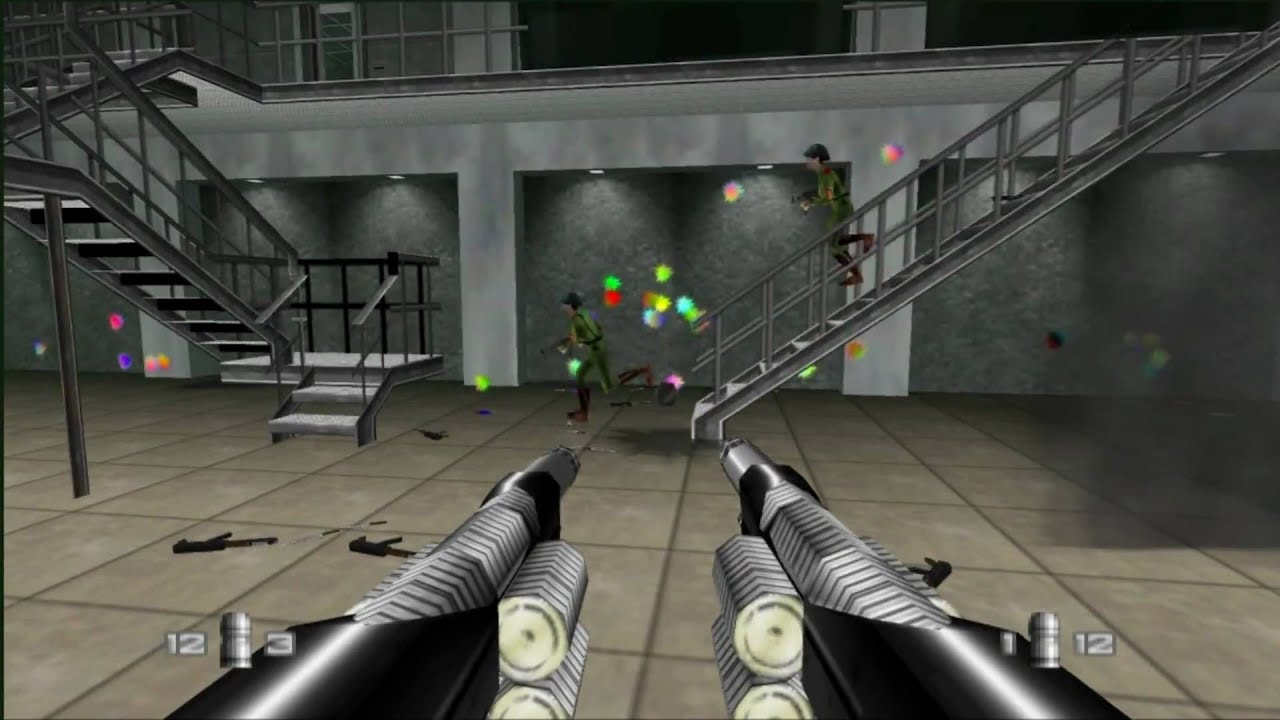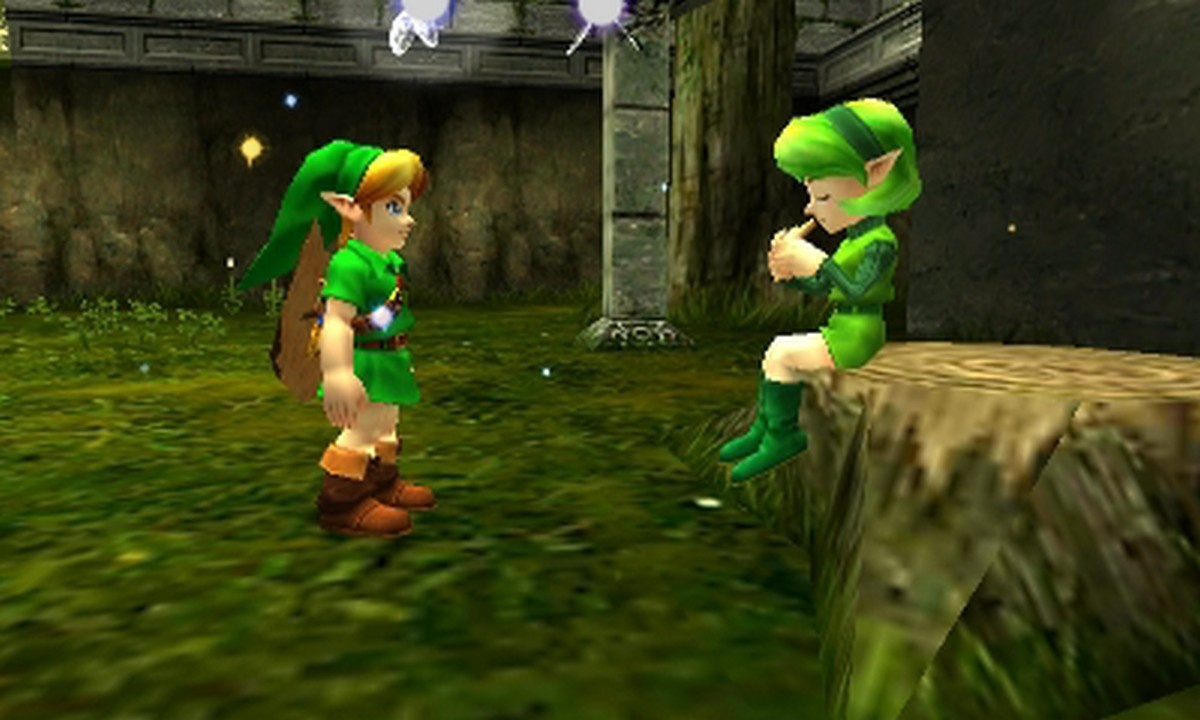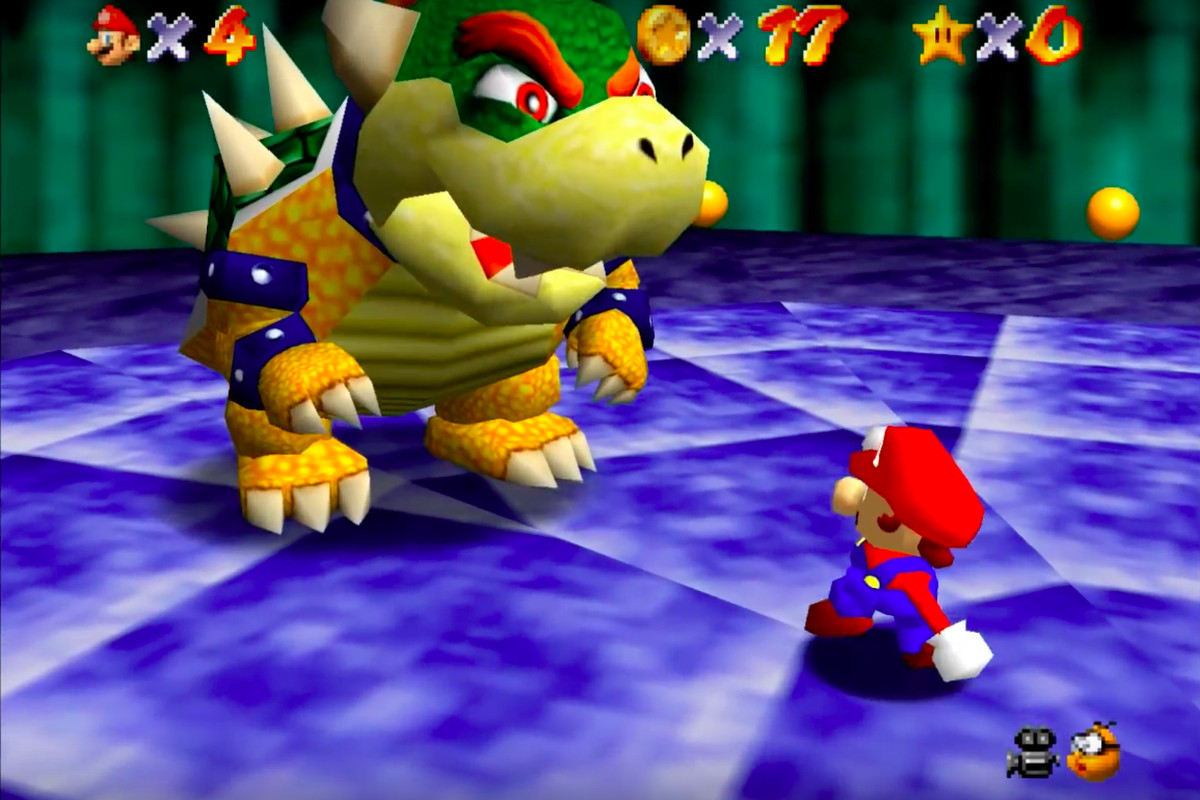Super 64 review
Nostalgia is a very powerful thing, which is why retro gaming has been on the rise in recent years. As a result, many of us are tempted to dig out our old consoles from the loft or pick up old favourites on eBay. The problem is once we have those consoles, how do we actually connect them to our televisions? These old consoles were designed to work with bulky CRTs and as technology progresses, the cables and connections we use to connect retro consoles to televisions are being phased out of newer displays.
As such, a niche industry has arisen around giving retro gamers the tools to connect old consoles to new televisions (and of course, capture cards for the YouTubers and streamers out there). Some consoles can be modified with HDMI ports, but this can be costly and also not entirely authentic to the original experience. You can also buy upscaling units like the OSSC or Framemeister that take the output from retro consoles and scale it to 1080p resolutions and beyond, but they can also be expensive and demand a lot of time and effort to get these upscaling devices working how you want them to.
And then there are single-console solutions like the one I’m literally reviewing right now, the Super 64. This little unit is designed by EON Gaming to be a literal plug-and-play solution for getting a Nintendo 64 system running on your shiny new television set with no modification and most importantly, no lag. Pretty bold claims, for sure – but this is a company that previously released the GCHD Mk-ii, an affordable modern alternative to the rare and hideously expensive Gamecube Component cables (I’m not even going to tell you how much I bought that cable for). EON have earned enough respect within the retro gaming community to make the Super 64 worth taking notice of.

But before I go further, there’s a slight disclaimer for my fellow gamers in Europe and Australia. This current model of the Super 64 will only work on American and Japanese Nintendo 64 consoles (otherwise known as NTSC consoles). This is because the Super 64 taps into the S-Video output that’s only available on these NTSC systems and not available on European PAL models. There is a version in development for PAL consoles, but it remains to see how that will compare with this NTSC version. As it happens, I have a Japanese Nintendo 64 system in my possession, so we’re all set to put this device through its paces.
There’s not really too much to say about the Super 64 by looking at it. This lovingly-crafted box is designed to look like a Nintendo 64 console, and inside this box is the Super 64 itself, and an ever so tiny (possibly too tiny) square manual which tells you everything you need to know about using this device, which you won’t need because this is literally a plug and play device. Something definitely worth noting is that the Super 64 is a sturdy little dongle indeed, built in such a way that it shouldn’t put straight on the Nintendo 64’s Multi-AV port. That’s something that many other manufacturers would neglect to think about, so credit to EON for putting some real thought into the design.
The Super 64 takes the 240p and 480i resolutions that Nintendo 64 games display in, and upscales it to a 480p resolution that most modern televisions should be able to handle. If you’re used to using red, white, and yellow RCA video cables to connect your Nintendo 64 to a television (or even the ultra old-school RF aerial cables), the display quality delivered by the Super 64 is a definite upgrade. However, you have to manage your expectations, bearing in mind that the Nintendo 64 utilised quite a heavy level of anti-aliasing (AKA blur) to reduce the harshness of its primitive polygons. As a result, games on this system are guilty of having quite a smeared, Vaseline-on-lens effect, which a device like the Super 64 cannot really do anything about.

But what of the Super 64’s killer app – Slick Mode? There’s a small button on the unit that turns on a “Slick Mode” filter that blurs the image further to completely remove any sort of jagged lines or pixellated edges. Whether it’s an actual improvement is purely subjective – personally I find the original pixellated look a bit more palatable, especially as Nintendo 64 visuals already lack clarity, but I know there are plenty of people out there that will prefer this option, so why not add it in there. More options are always good.
Really, the main reason to get a Super 64 is the ease of use and also the minimal lag introduced by the device. Technically, you can’t beat a CRT display for eliminating the lag between pressing a button on your pad and seeing it on screen, as modern displays already introduce a frame or two of lag while they process the image, but from what I can tell the Super 64 does an excellent job in minimising lag – important when you’re playing fast-paced games like F-Zero X or Super Smash Bros.
I’m coming to the Super 64 as someone that’s been using modified consoles and expensive upscaling equipment for years to get a razor-sharp image, and admittedly the Super 64 doesn’t compare to one of these expensive devices paired with systems modified to output the sharpest picture possible. I will spend hours trying to get the perfect picture from my old consoles, so I realise that I’m a fussy guy when it comes to this stuff. Ultimately, this device isn’t made for people like me. It’s made for someone who just wants to play their old consoles right now and isn’t too bothered with pristine image quality. And the Super 64 delivers that ease of use, delivering a pretty decent quality image without introducing lag.

Yes, technically there are alternatives that will give you better results, but despite a relatively steep cost for the Super 64, I’m pleased with the results. Any issues or reservations I have are more to do with the Nintendo 64’s own list of irritating limitations than those of the Super 64 product itself, and none of those issues can be resolved without modifying your system in some way.
If all of these words have piqued your interest, why not watch the video accompanying this review so you can see the Super 64 in action, and let the results speak for themselves. If you’ve got an NTSC Nintendo 64 system and just want to play classic games like Super Mario 64, Ocarina of Time, GoldenEye, or maybe even not-so-classic games like…I don’t know…Chef’s Love Shack or Earthworm Jim 3D, it’s a damn fine solution. It’s certainly way better than a lot of cheaper HDMI converters out there.




